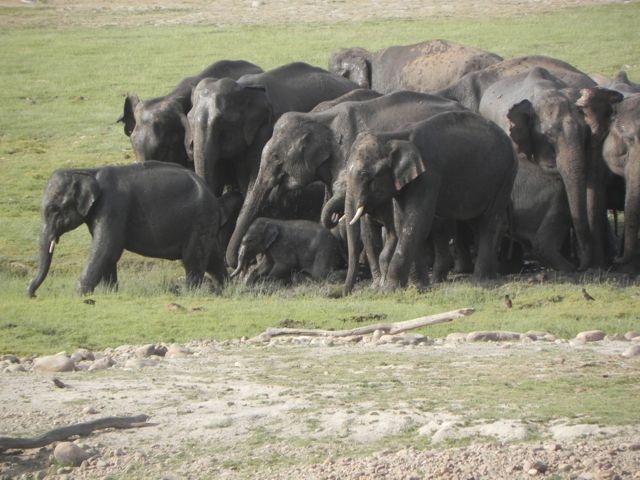The competition between humans and elephants for space and resources has reached an all-time high in India. The problem stems from both species’ dependence on forest resources for survival.
Elephants leave their forest home in search of food. Until villagers are given alternative means to meet their daily needs without depleting forest resources, the problem will continue.
Lacking a well-thought-out plan to combat the problem, the Indian government continues to resort to crisis management. Always a step behind the problem, they have failed in their responsibility to the welfare of marginalized people and wild elephants.
Capturing elephants is an ill-conceived, short-term solution to a long-term problem. Although it is ethically repugnant to some, others have no problem incarcerating wild elephants to a life in chains. How a people who profess to believe that Ganesh is god can capture and torture his likeness is disturbing.
To avoid a continued escalation of the problem, the government must devise a way to protect the village people, the wild elephants and their forest home.
Potential solutions to these pressing problems need immediate and thoughtful consideration. The future of the forest, wildlife and the villagers who encroach upon the forest are at stake. Ignoring any aspect of the problem will result in failure–a loss for humans and uncertain future for India’s forests and elephants.
Some foreign NGOs recognize the need to relocate villages and open elephant corridors and are pursuing initiatives. But most efforts by local and foreign NGOs to create protected areas for elephants at no expense to the government have, to date, been thwarted. Government resistance to outsiders bankrolling solutions to the human elephant problem seems counterintuitive and bewildering.
Read more:

